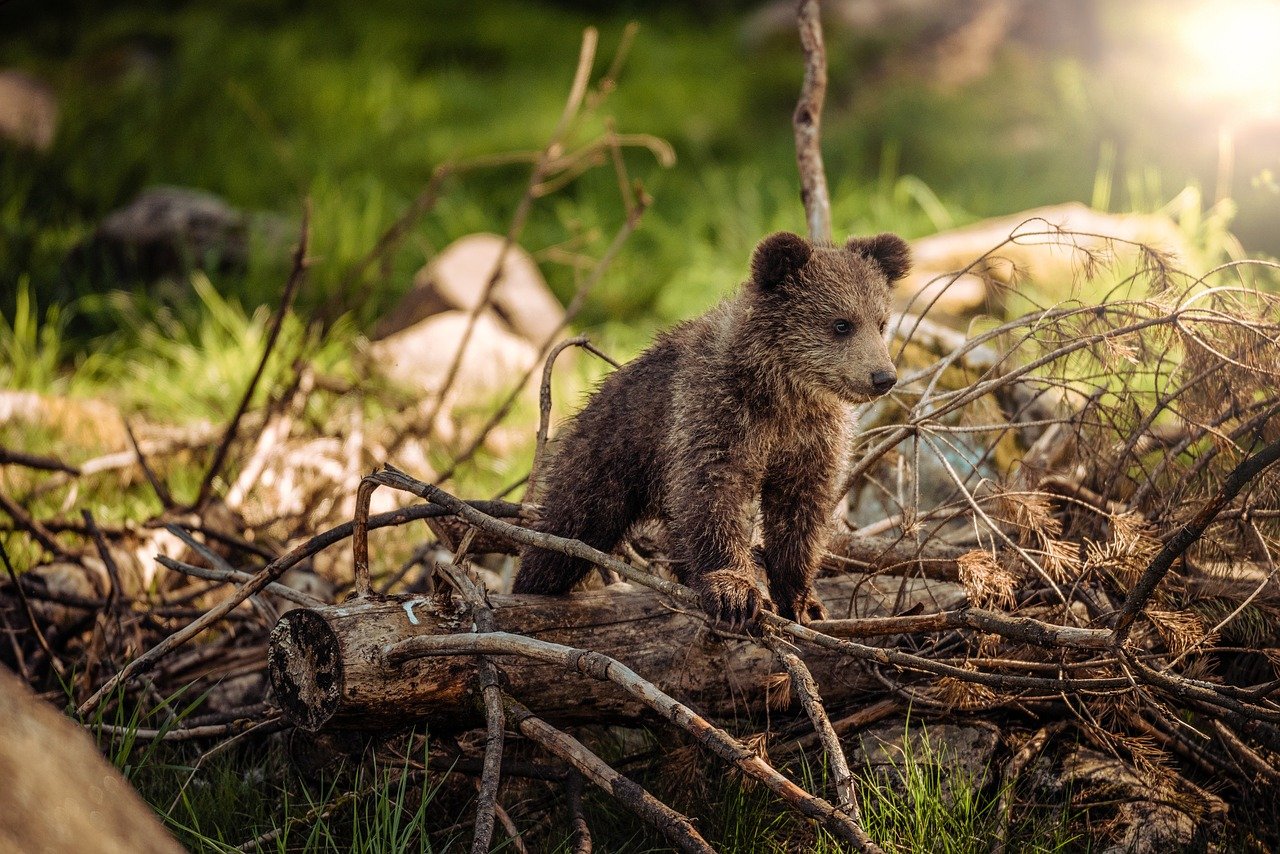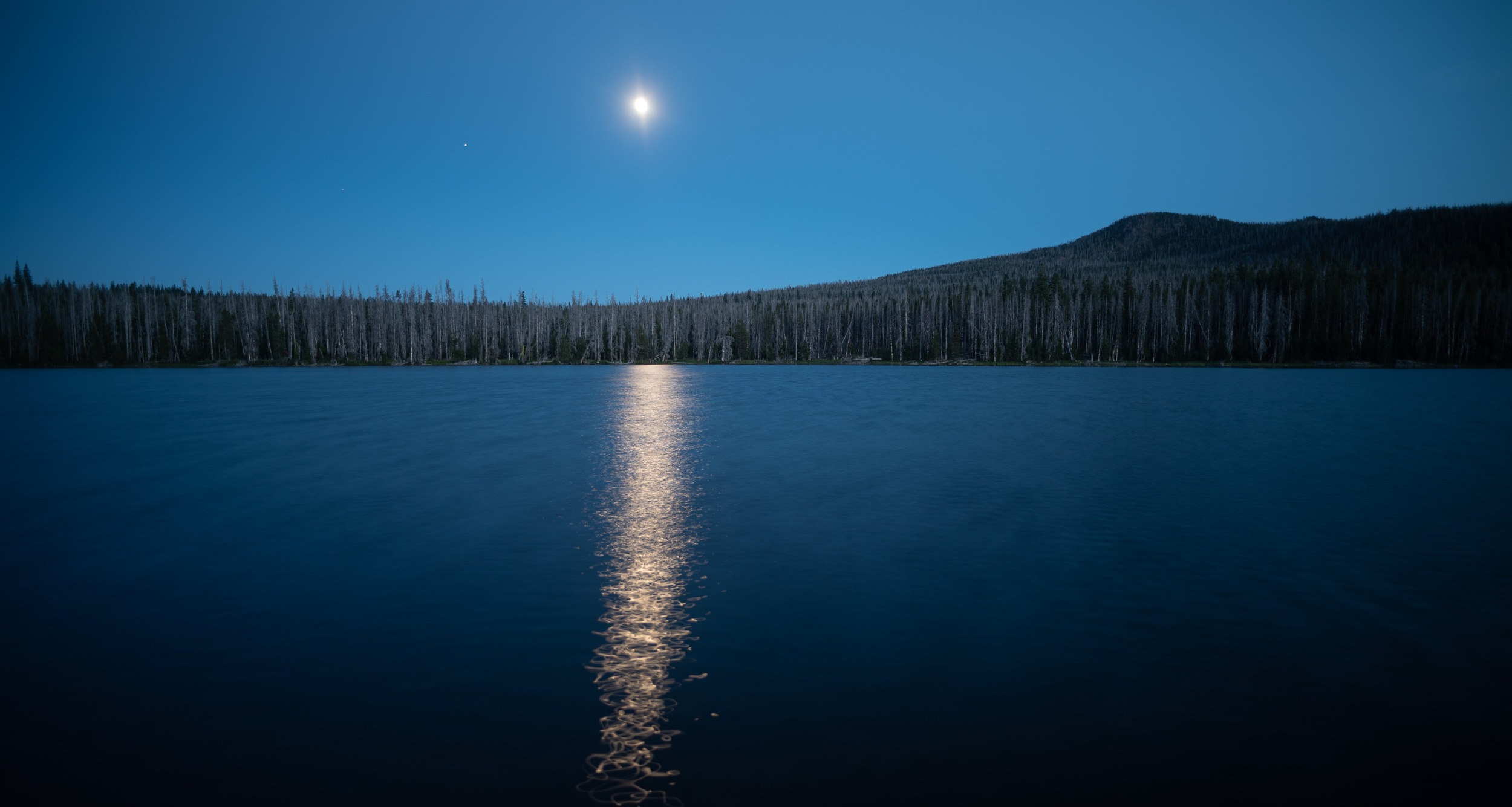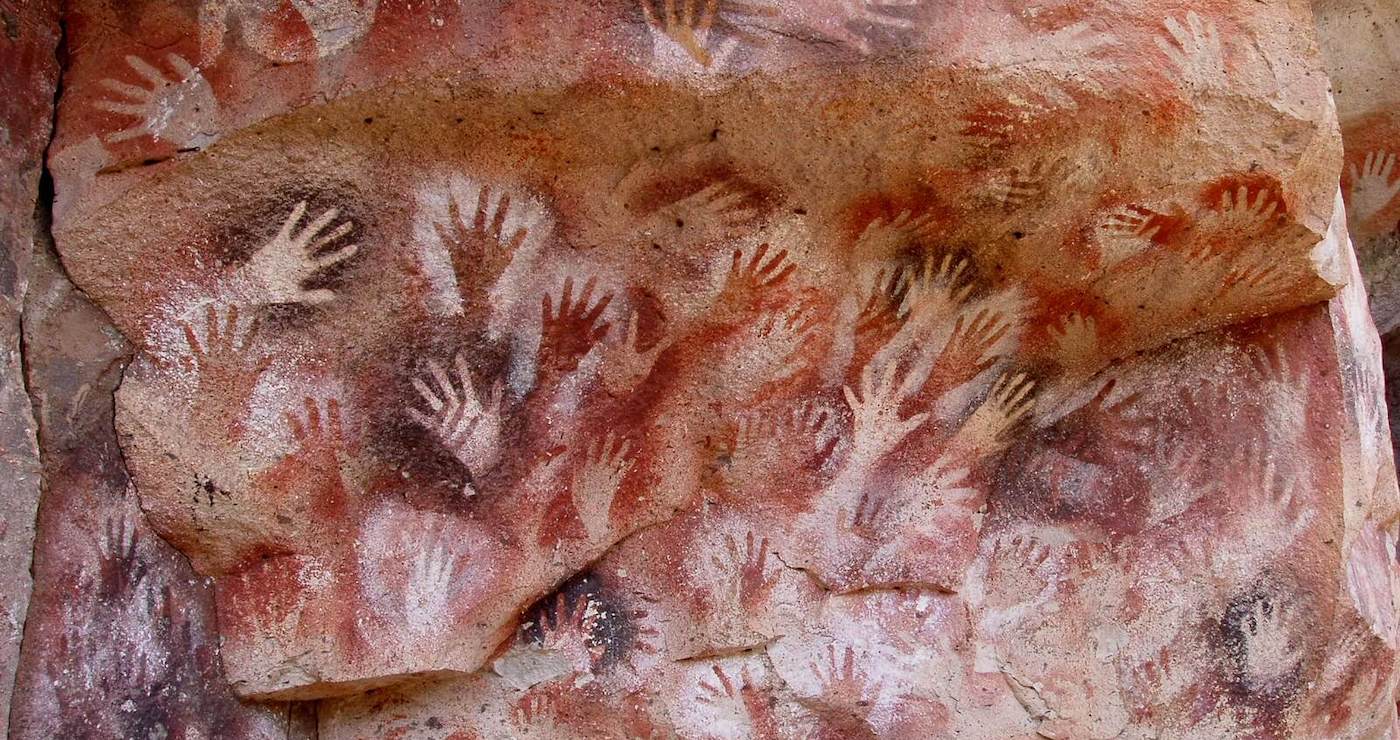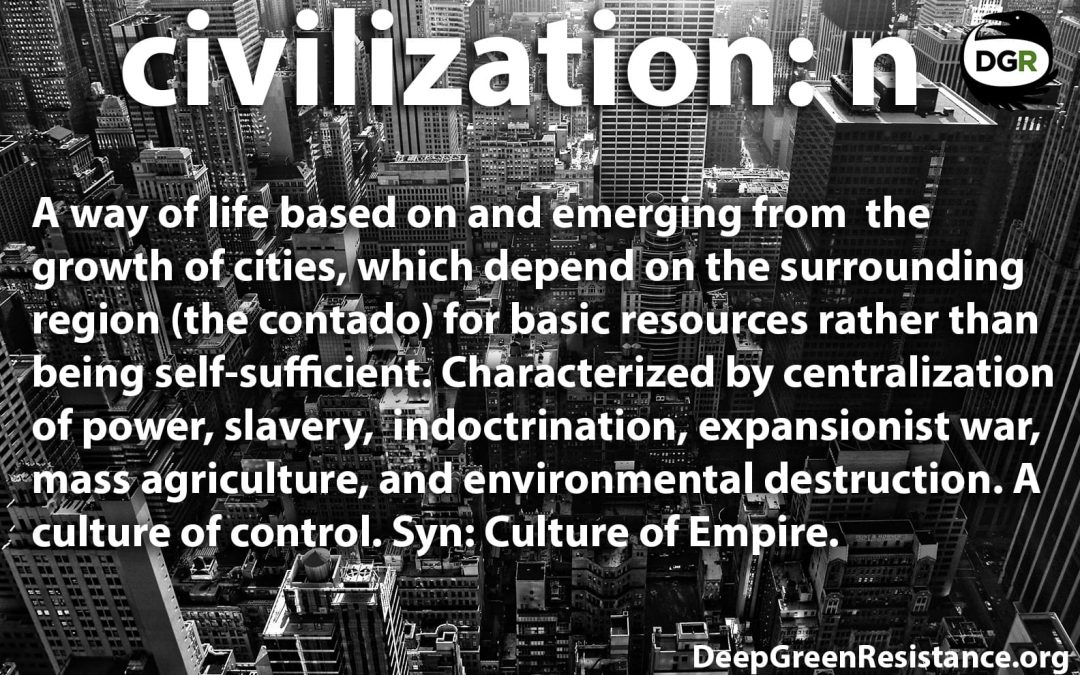
by DGR News Service | Dec 7, 2020 | The Problem: Civilization, The Solution: Resistance
Excerpted from the book Endgame: The Problem of Civilization, by Derrick Jensen.
If you’ve gotten this far in this book—or if you’re simply anything other than entirely insensate—we probably agree that civilization is going to crash, whether or not we help bring this about. If you don’t agree with this, we probably have nothing to say to each other (How ‘bout them Cubbies!). We probably also agree that this crash will be messy. We agree further that since industrial civilization is systematically dismantling the ecological infrastructure of the planet, the sooner civilization comes down (whether or not we help it crash) the more life will remain afterwards to support both humans and nonhumans.
If you agree with all this, and if you don’t want to dirty your spirituality and conscience with the physical work of helping to bring down civilization, and if your primary concern really is for the well-being of those (humans) who will be alive during and immediately after the crash (as opposed to simply raising this issue because you’re too scared to talk about the crash or to allow anyone else to do so either), then, given, and I repeat this point to emphasize it, that civilization is going to come down anyway, you need to start preparing people for the crash.
Instead of attacking me for stating the obvious, go rip up asphalt in vacant parking lots to convert them to neighborhood gardens, go teach people how to identify local edible plants, even in the city (especially in the city) so these people won’t starve when the proverbial shit hits the fan and they can no longer head off to Albertson’s for groceries. Set up committees to eliminate or if appropriate channel the (additional) violence that might break out.
We need it all.
We need people to take out dams, and we need people to knock out electrical infrastructures. We need people to protest and to chain themselves to trees. We also need people working to ensure that as many people as possible are equipped to deal with the fall-out when the collapse comes. We need people working to teach others what wild plants to eat, what plants are natural antibiotics. We need people teaching others how to purify water, how to build shelters. All of this can look like supporting traditional, local knowledge, it can look like starting roof-top gardens, it can look like planting local varieties of medicinal herbs, and it can look like teaching people how to sing.
The truth is that although I do not believe that designing groovy eco-villages will help bring down civilization, when the crash comes, I’m sure to be first in line knocking on their doors asking for food.
People taking out dams do not have a responsibility to ensure that people in homes previously powered by hydro know how to cook over a fire. They do however have a responsibility to support the people doing that work.
Similarly, those people growing medicinal plants (in preparation for the end of civilization) do not have a responsibility to take out dams. They do however have a responsibility at the very least to not condemn those people who have chosen that work. In fact they have a responsibility to support them. They especially have a responsibility to not report them to the cops.
It’s the same old story:
the good thing about everything being so fucked up is that no matter where you look, there is great work to be done. Do what you love. Do what you can. Do what best serves your landbase. We need it all. This doesn’t mean that everyone taking out dams and everyone working to cultivate medicinal plants are working toward the same goals. It does mean that if they are, each should see the importance of the other’s work.
Further, resistance needs to be global. Acts of resistance are more effective when they’re large-scale and coordinated. The infrastructure is monolithic and centralized, so common tools and techniques can be used to dismantle it in many different places, simultaneously if possible.
By contrast, the work of renewal must be local.
To be truly effective (and to avoid reproducing the industrial infrastructure) acts of survival and livelihood need to grow from particular landbases where they will thrive. People need to enter into conversation with each piece of earth and all its (human and nonhuman) inhabitants. This doesn’t mean of course that we can’t share ideas, or that one water purification technique won’t be useful in many different locations. It does mean that people in those places need to decide for themselves what will work.
Most important of all, the water in each place needs to be asked and allowed to decide for itself. I’ve been thinking a lot again about the cell phone tower behind Safeway, and I see now how these different approaches manifest in this one small place. The cell phone tower needs to come down. It is contiguous on two sides with abandoned parking lots. Those lots need to come up.
Gardens can bloom in their place.
We can even do our work side by side.*
You can learn more about Derrick Jensen’s work here: https://derrickjensen.org/
Browse all of Derrick Jensen’s Resistance Radio interviews at https://deepgreenresistance.blogspot.com/p/derrick-jensen-resistance-radio-archives.html

by DGR News Service | Aug 20, 2020 | Biodiversity & Habitat Destruction, Climate Change
This is the first in a series of articles reflecting on a recent study which predicts collapse of industrial society within a few decades. By destroying the ecological foundation on which all life depends, civilization makes collapse inevitable. Max Wilbert describes the destruction caused by the industrial civilization, and what we can do for a just transition to a more sustainable way of life.
by Max Wilbert
A new study published in Scientific Reports finds that there is a 90% chance of civilization collapsing irreversibly within the next 20 to 40 years.
The report, published on May 6th by Dr. Gerardo Aquino, a research associate at the Alan Turing Institute in London, and Professor Mauro Bologna of the Depratment of Electronic Engineering at the University of Tarapacá in Chile, uses statistical and logistical modeling to look at destruction of the planet, and specifically focuses on deforestation and population growth.
By plugging in statistics and trends in resource consumption and running thousands of model-runs with different assumptions, Aquio and Bologna predict the most likely course of future human society.
The researchers conclude that civilization has a “very low probability, less than 10% in the optimistic estimate, to survive without facing a catastrophic collapse.”
This should not be a surprise. The form of social organization we call civilization (a way of life based on the growth of cities) began around 10,000 years ago, and since then this form of society has reduced the number of trees around the world by at least 46 percent—and those who do remain are, on average, much smaller and younger. At current rates of deforestation, nearly every tree on the planet will be gone within the next 100-200 years.
On top of this, civilization (and it’s modern form, industrial civilization) is causing a global mass extinction event, changing the composition of the atmosphere and instigating global climate change, polluting the highest mountains and deepest ocean trenches with industrial chemicals and plastics, desertifying and eroding vast portions of the planet’s soils via agriculture, and fragmenting and shattering what habitat does remain intact via networks of roads and urbanization.
Most people perceive collapse as a terrible thing, and indeed a global collapse will result in a great deal of suffering, disease, and death. But the reality is, a vast amount of suffering is happening now, caused by the continued functioning of industrial civilization. A full forty percent of all human deaths are caused by air, water, and soil pollution according to Cornell research. The CoViD-19 pandemic is a direct result of civilization and the destruction of forests.
On top of this, collapse at this point may be inevitable. As the book Deep Green Resistance explains, “We are in overshoot as a species. A significant portion of the people now alive may have to die before we are back under carrying capacity, and that disparity is growing. Every day carrying capacity is driven down by hundreds of thousands of humans, and every day the human population increases by more than 200,000. The people added to the overshoot each day are needless, pointless deaths. Delaying collapse, they argue, is itself a form of mass murder.”
If you are concerned about this, as I am, as we all should be, you should be working to relocalize food production and smooth the transition away from industrial agriculture. Collapse has both positive aspects (declines in pollution, reduction in logging, end of international shipping, reduction in energy consumption, etc.) and negative aspects (collapse of social structures, medical systems, increased demands on local forests, etc.). These need to be managed and prepared for.
In the long-term, collapse will benefit both humans and nature by stopping industrial civilization and its pollution, global warming, desertification, and so on. Another physicist, Tim Garrett from the University of Utah, has conducted research into global warming and concluded that “only complete economic collapse will prevent runaway global climate change.”
There are over 400 oceanic dead zones created by fertilizer and nutrient runoff from industrial farms. Only one has recovered: the dead zone in the Black Sea, which healed after the collapse of the Soviet Union and the crash of industrial farming in the area. The area is now home to healthy wildlife and fish populations which support a stronger local economy.
Ultimately, our health and success as human beings is inseparable from the health of the planet. To destroy the Earth for temporary enrichment a slow form of suicide. But deeper than that, it is matricide, patricide, fratricide. It is the murder of one’s own family. We will only thrive when the natural world, our kin, are thriving as well. Human beings are not doomed to destroy the planet. We can live in other ways, and indeed, that is our only hope.
Featured image by the author.
Our next piece will discuss how a Dyson sphere (one of the proposed “solutions” in the original article) will not save us from a collapse.

by DGR News Service | May 10, 2020 | Colonialism & Conquest, Indigenous Autonomy
In this piece, Suresh discusses the impact of civilization on endemic communities and their right to live in isolation. Suresh tells us how these indigenous people have had their land, rights and identities stripped by encroaching industrial civilization.
The Impact of Civilization on Endemic Communities
By Suresh Balraj
In a world characterised by information, there are issues that have been made so invisible that the great majority of people do not even know that they exist. This is the case of the ethnic communities living in voluntary isolation. Most are not even aware that some of these people have not yet been contacted by the predominating society and in other cases, have resisted integrating it in spite or as a result of having been contacted.
To this ignorance is added a second one: that the very existence of these people is seriously threatened by the destructive advance of ‘development’. Roads penetrating into the forests to extract timber, oil, minerals or to promote land settlement for agriculture and cattle ranching, can be labelled ‘inroads of death’ for these people. They bring unknown diseases their bodies are incapable of coping with, destroy the forests that provide for their livelihoods, pollute waters, where they drink, bathe and fish. There are encounters with those who intend to take over their territory, the death of their millennia-old cultural heritage.
To understand the problem we need to divest ourselves of our ‘truths’ and try to put ourselves in their place.
All of us live in territories with precise limits. They do too. All of us are jealous custodians of our frontiers when faced with potential or real external aggression. They are too. All of us have our feelings of nationality, with a specific language, culture and wisdom. They have too.
What would we do if a group of armed foreigners entered our territory without our permission? The same as they do; we would resist in every possible way, including armed resistance. However, while we may be considered to be ‘heroic patriots’, they are classified as savages. Why is this? Simple, because we are the ones to legitimize resistance (violence).
It is important to emphasize that these people were never asked if they wanted to be Indian, Asian, African, American or European. Each government – colonial or national – simply drew up a map of straight lines and determined that all the territories included within its frontiers ‘belong’ to the corresponding country or colony – irrespective of these people having been there much before the very idea of even the concept of state. They have been ‘nationalised’.
Again this begs the question: what would we do if we had to face a similar situation? Would we accept the imposed change of nationality or would we resist it ?
Surely, we would do everything possible to continue being what we are and what we want to be. The difference, of course, is that these people are in no position to, ultimately, resist the devastating advance of modernisation (industrialisation). For this reason, all of us who believe in justice and dignity, have an obligation to provide them with the support they need – although they do not ask for it – to defend their liberty and rights, and, finally, prevent the silent or invisible genocide that they are being subject to.
We should not be surprised that there are people who do not want to either assimilate or integrate into the kind of life that we live; a system that pauperises millions, destroys whole ecosystems – land, water, forests, fisheries, space and atmosphere. These people are neither poor nor ignorant. They are most certainly different and have demonstrated the most uncommon wisdom, whose history is a mystery even today.
The ‘First’ Frontier – The Case of Amazonia.
When the first ‘conquistadores’ travelled down the combined drainage basin of the rivers Amazon and Orinoco, in the 16th century, they found populous settlements, hierarchical chiefdoms and complex agricultural systems all along the two rivers. The ‘Indians’, they reported, raised turtles in ponds/freshwater lagoons, had vast stores of dried fish, made sophisticated glazed pottery, and had huge jars, each one capable of holding a hundred gallons. They also noted that these people had dug-out canoes and traded up and down the Andes. Behind the large settlements, they noted many roads leading to the hinterland. These stories were later discounted as the puff of promoters trying to magnify the importance of their ‘discoveries’, as the banks of the rivers have been almost devoid of people since the 18th century. All through the 20th century, the archetypal Amazonians were ‘hidden tribes’, hunter-gatherers and jhum cultivators, who lived mostly upstream, at the headwaters, away from even the settlers within.
With the benefit of hindsight and new insights from history, social anthropology and archaeology, we can now see that these two opposing perceptions of Amazonia are strangely and tragically related. Archaeology now teaches us that lowland Amazonia, even in areas of poor soil and brackish water like the upper Xingu, was indeed once quite densely populated. Regional trade and dynamic synergies among and between the Amazonians had led to the sub-continent being thickly populated by widely differentiated, but inter-related groups or communities, who specialised in local skills to both work and use their unique environs in diverse and subtle ways.
The onslaught of modern/western societies brought about much of this complexity/diversity to an end. Warfare, conquest, religious missions, and the scourge of old world diseases reduced whole populations to less than a tenth of the pre-Columbian levels. Slave raids, by European invaders traded the ‘red gold’ of enslaved ‘Indians’ for the goods of western industries, stripped the lower rivers/reaches bare of any remnant groups. Raiding, enslaving and competition for trading opportunities with the whites created turmoil in the headwaters. The myth of the empty Amazon became a reality as the survivors moved inland and upstream to avoid these depredations.
In the late 19th century, overseas markets and advances in technology created new possibilities of exploitation/extraction. In particular, the discovery of the process of vulcanisation, led to a global trade in non-timber forest produce, such as, rubber and other plantations almost exclusively for military-industrial-commercial use. The onerous task of bleeding the climax vegetation and the land rich in deposits, linked to global trade and finance, yielded fortunes for entrepreneurs prepared to penetrate the headwaters and enslave local communities to serve the global marketplace.
Tens of thousands of indigenous people perished as a result of forced contact, labour and disease.
This forced them to flee even deeper into the jungles, to break contact completely with a changing world that brought them death and destruction of life and ‘property’.
Of course, not all the indigenous people at the headwaters are environmental/ecological refugees escaping the brutalities of contact. However, the impact of the outside world on even the remotest headwaters is often underestimated. For many, not only in Amazonia, the search for isolation has been an informed choice – the logical response of a people who have realised that contact with the outside world almost certainly brings only ruin, not benefits.
This century’s industrialised societies are being further drawn into the last reaches of the Amazon, where these people now live in voluntary isolation, for timber, minerals, oil and natural gas. If we deplore the consequent horrors of the earlier invasions, can we now really say that the advanced industrial society is more civilised? Can we respect the choice (rights) of other communities to avoid contact and leave them alone in their homeland, undisturbed?
The ‘Last’ Frontier – The Case of the Negrito in the Andamans.
Outsiders are invading the reserve of the isolated Jarawas (Sentinelese, Onges and others) in the Andaman and Nicobar Islands of India. They are stealing the game on which they depend for their life and livelihood. Women and children, in particular, seem to face the brunt of this invasion. Despite a Supreme Court order to the local administration to finally close, for example, the highway which runs through the reserve, it remains open, bringing death, disease and dependency.
The Jarawa are one of the four Negrito communities who are believed to have travelled to the Andamans from Africa some 60,000 years ago. Two of the local communities, the Onge and Andamanese, were decimated following the colonisation of their islands – first by the British and later by India. The present population of the Andamanese is a ridiculous 40. Both the communities are now dependent on government handouts. The Jarawas resisted contact with the settlers from mainland India until 1998. The fourth, the Sentinelese, live on their own island and continue to shun all contact.
The Jarawas are hunter-gatherers and even their population size is far below the critical mass (270). They use bows and arrows to hunt small game. Today, hundreds and thousands of Indian and Burmese settlers and poachers are hunting along the coast, depriving the Jarawas of their vital game. The issue has become so acute that in many areas the once abundant game has almost become extinct. The same is true vis-à-vis the other communities as well.
The main highway which runs through the Jarawa reserve, known as the Andaman Trunk Road, has thrown open their homeland for exploitation and extraction. As a result, foreign or alien goods and exotics are being introduced into the region. Although the local administration is trying to restrict contact, which may be a step in the right direction, it is by no means sufficient to secure the future of the communities at stake. All the same, opinion is still divided within the establishment to both assimilate and integrate the communities into the mainstream.
The Consequence of Imposed or Involuntary Contact – The Case of the Malapandaram in the Southern Western Ghats of Kerala.
The Malapandaram are a nomadic community numbering about 2000 people who live in the high ranges of the Southern Western Ghats along the south-west coast of the state of Kerala in South India. Early writers described them as the primitive tribes of the jungle and saw them as socially isolated in a pristine environment. But, the Malapandarams have a history of contact with the caste Hindus settled in the plains and have been a part of a wider mercantile economy. They are basically collectors of minor forest produce, such as, spices, honey and medicinal plants. They, therefore, combine subsistence food gathering –small game and birds – with the collection of other usufructs.
The majority of Malapandarams spend most of their life living in forest encampments occupied by one to four families. These encampments consist of two to four leaf shelters, made of mud (clay) and thatch. These ‘settlements’ are obviously temporary as they reside in a particular locality only for about a week before moving elsewhere.
The Malapandarams see themselves and are described by outsiders as ‘Kattumanushyar’ forest people. They closely identify themselves with their living space, which is not only a source of livelihood, but also an environment where they can sustain a degree of cultural autonomy and social independence (inter-dependence). Hence, they tend to live and constantly move around the margins of the forest ecosystem. This enables them to engage in a barter system, while avoiding control, harassment/exploitation and even violence as a result of conflicting interests. In short, the verdant canopy is their only refuge.
With the establishment of colonial rule – the British (imperial) Raj – and the artificial creation/formation of the state of Travancore, the Southern Western Ghats became a property for the very first time. In the annuls of their history, owned and abused with impunity by the state through its extensive network of forest bureaucracy. Since 1865, a number of Acts (laws) were enacted and enforced periodically in order to ‘manage’ the forests, as well as, its residents (biotic and abiotic), almost exclusively for politico-economic reasons (profit). A major outcome: the sedantarisation of the nomadic communities as fixed or permanent settlements. They were, thus, denied any rights, customary and/orotherwise, to life and livelihood based on their renewable natural resource base. The ultimate manifestation of this involuntary transition has resulted in an identity crisis due to the economics of intimidation. That is, today, they are no more forest dwellers, but rather have been forced to become agriculturists (bonded, landless and marginal agricultural labourers/farmers).
’Independent’ India has only increasingly, ever more aggressively, moved from feudalism to neo-feudalism, colonialism to neo-colonialism and, now liberalism to neo-liberalism.
Suresh Balraj is an environmental anthropologist and social ecologist based in South India. He has been working in forestry, agriculture, and fisheries for several decades with a focus on community-based renewable management. He is a guardian for Deep Green Resistance.
Featured image: Cave of the Hands in Santa Cruz province, with indigenous artwork dating from 13,000–9,000 years ago, by Mariano, CC BY SA 3.0.
We Need Your Help
Right now, Deep Green Resistance organizers are at work building a political resistance resistance movement to defend the living planet and rebuild just, sustainable human communities.
In Manila, Kathmandu, Auckland, Denver, Paris—all over the world—we are building resistance and working towards revolution. We Need Your Help.
Not all of us can work from the front lines, but we can all contribute. Our radical, uncompromising stance comes at a price. Foundations and corporations won’t fund us because we are too radical. We operate on a shoestring budget (all our funding comes from small, grassroots donations averaging less than $50) and have only one paid staff.
Current funding levels aren’t sustainable for the long-term, even with our level of operations now. We need to expand our fundraising base significantly to build stronger resistance and grow our movement.
Click here to support our work.





